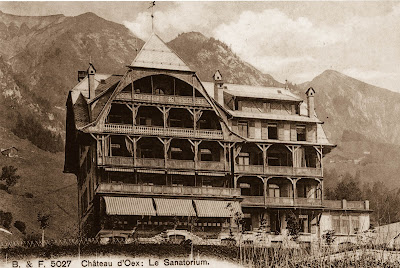 |
| Arras Town Hall, May 1917, © IWM (Q 2047), IWM Non-Commercial Licence |
At the end of last year the Durham at War team sat down to think about what we would focus on for 2017. After a year of big anniversaries such as the Somme and the Battle of Jutland, it seemed as if this year might be a little quieter. Not so! The Battles of Arras and Passchendaele are on our list and volunteers have already been working away at adding pages to the website of DLI men who are commemorated on the Arras Memorial. The Battle of Arras was also where Michael Heaviside won his Victoria Cross, and plans are afoot to mark the centenary of his homecoming parade in Stanley and Craghead. More details to follow…
As well as the conflict on the battlefield, we thought that on the local level food shortages which then led to rationing in 1918 would probably be an interesting area to research. We have uncovered a number of newspaper articles and Brancepeth History and Archives Group have kindly lent us the display that they created for their exhibition at Brancepeth Castle.
One of the international events that we flagged for attention was the Russian Revolution. To be honest, it seemed like a big ask to find anything directly related to the Russian Revolution in County Durham. We thought it likely that there would be a few newspaper reports (which we have found) but we were surprised and delighted to find a first-hand account of the Russian Revolution in our archival collections!
 |
| Military personnel and civilians reading news-sheets issued by the Duma after the Tsar's abdication, © IWM (Q 69405), IWM Non-Commercial Licence |
Amongst the papers of Cuthbert Headlam (former MP for Barnard Castle) we found a letter and travel diary from Cuthbert's cousin, John Headlam. The travel diary (DCRO D/He 299) details John's impressions of being in Russia during the March Revolution, literally at the time of his writing. We can tell this because he starts out by describing Russian customs and colour; just the sort of thing you might expect from a tourist travelogue, including the best way to eat Blinis (filled with whipped cream, caviar, optional smoked salmon and ladled with melted butter, washed down with vodka).
Part of the way through, Headlam's tone suddenly changes:
I have been very careful to avoid any reference at all to political events in anything I have written. As an official visitor, received alike by the Emperor and the leaders of the different parties, and with no political functions, it seemed to me only right to avoid any expression of opinion, and especially anything that might compromise those Russians who had given me their views on the state of affairs and the probable trend of events. Now that is over, one can speak freely.
Although touring the eastern front during the takeover of power by the Provisional Government, John Headlam returned to Petrograd (Saint Petersburg) soon after the Revolution and abdication of the Tsar, all of which he discusses in the first part of his travel diary.
One saw, too, amid all the glitter of the streets, the long queues of people waiting patiently in the bitter cold for the opening of the baker’s shops. Hunger is the handmaid to Revolution, and it was whispered to us that the Guard Cavalry Division had been ordered to Petrograd from the Front, and it had refused to come, the officers openly declaring that they would not act against the people. When an Emperor cannot count on the allegiance of the officers of his own guard, the end is likely to be near…And then one day, like a thunderclap came the news of the dissolution.
In the second part he talks about conditions in the capital and the funeral procession of those killed in the revolt, an event which much impressed him with its dignity.
There were many bands with the processions, generally playing Chopin’s “Funeral March”, and in the intervals there was a great deal of the beautiful Russian singing, sometimes the women, sometimes the men – revolutionary songs and the regular funeral hymns. There was no disorder anywhere, no straggling or least sign of horseplay either in the procession or in the crowds looking on, though the whole population were in the streets.
Event page on the Russian Revolution:
http://www.durhamatwar.org.uk/story/13198/
Travel diary of Sir John Headlam:
http://www.durhamatwar.org.uk/material/660/
Durham Chronicle report on February Revolution:
http://www.durhamatwar.org.uk/material/658/
Shields Daily News Report on February Revolution:
http://www.durhamatwar.org.uk/material/659/
Imperial War Museum collection:
http://www.iwm.org.uk/collections/item/object/1030021634
Imperial War Museum photographs of the March Revolution taken by Sir John Headlam:
http://www.iwm.org.uk/collections/item/object/205091193
National Portrait Gallery, photographic portrait of Sir John Headlam:
http://www.npg.org.uk/collections/search/portrait/mw94806/Sir-John-Emerson-Wharton-Headlam











